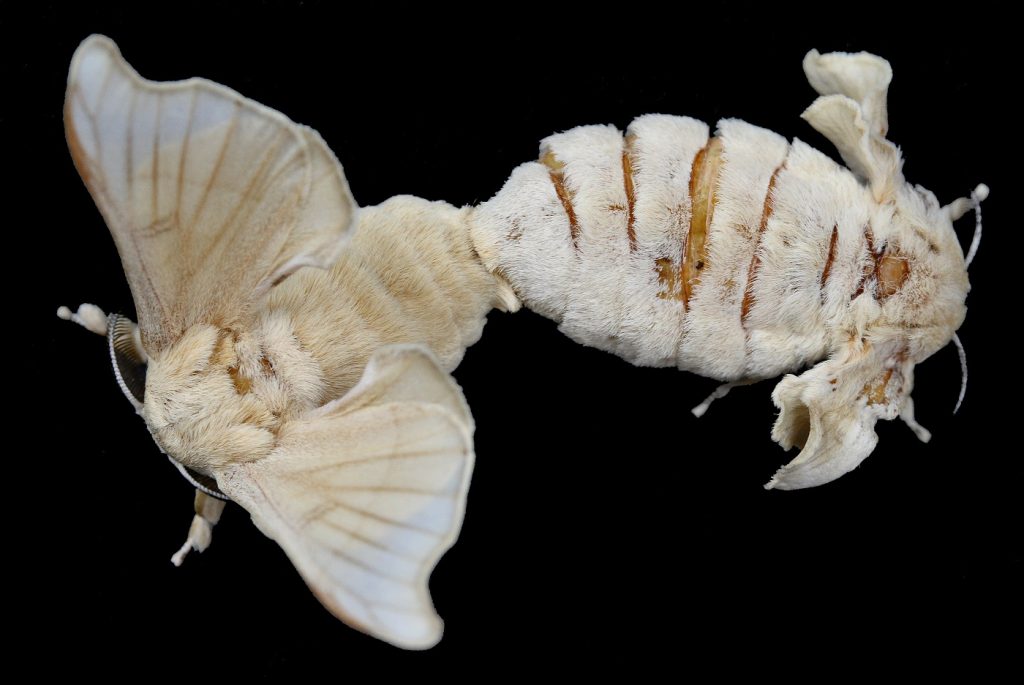Be...Yourselfy
"Create with us your own unique collectible silk scarf with your beloved images"
the silk

HISTORY
The long history of Silk commences in China where Silkworms lived in the wild on mulberry trees.
According to Chinese writers, the art of Silkworm rearing was discovered accidentally by Empress Si Ling Chi in 2690 B.C when a cocoon fell into the boiling water for her tea preparation. In her effort to remove it from the boiling water she drew a thin and durable fiber – the first silk fiber.
Sericulture is the agricultural sector that involves mulberry cultivation and Silkworm rearing specifically for Silk production.


SILK PROPERTIES
Silk is rightfully considered as the most valuable natural weaving fiber and is produced by the Mulberry Silkworm “Bombyx Mori” the insect that was bread second after the bee.
The Silkworm is considered to be a wonder of nature. It is the only natural species that grows over 10.000 times during its lifecycle. The Silk fiber that is a product of the reeling process is the only continuous fiber that its length exceeds 2000 meters depending on the quality.
Silk’s properties and qualities make it a high value natural product.
Silk has excellent and unique fabric properties and the natural protein layers that it consists of not only do not irritate the human skin but provide for a very comfortable and pleasant touch instead.
The Silk fiber is elastic, insulating and agile while being thin, soft and extremely durable, is hygroscopic, hypoallergenic and is strongly recommended to people with skin sensitivities.
It acts also as natural insulation and helps the human body to maintain its temperature in warm or cold conditions.



SILK PROTEINS
The better part of Silk’s fame comes from the sensation that it creates when it touches the human skin. This divine sensation is caused by the Silk protein called Sericin.
Silk consists of two proteins: Fibroin and Sericin. These proteins come out of the Silkworm’s glands during the weaving of the cocoon.
Fibroin is in the center of the Silk fiber. It is insoluble to water, consists of two smaller fibers and their cross section is triangular.
Sericin is water soluble and embraces, covers, protects, moisturizes and bio-connects the Fibroin. Sericin consists of 18 amino acids that make its properties similar to Keratin – the natural protein of human skin and hair- hence its use in cosmetics and in medicine (wound healing, joints, cardiac valves, arteries etc).
Silk proteins are natural biopolymers

